Our most unlikely of heroes, responsible for some of the largest and most diverse areas and islands in the Okavango Delta, are also the smallest – the humble, hardworking termite. The islands in the Delta are formed primarily through the action of termites over thousands of years. Because of their ceaseless enterprise, the Okavango’s landscape and the Delta itself have been shaped into the wilderness Eden it is today.
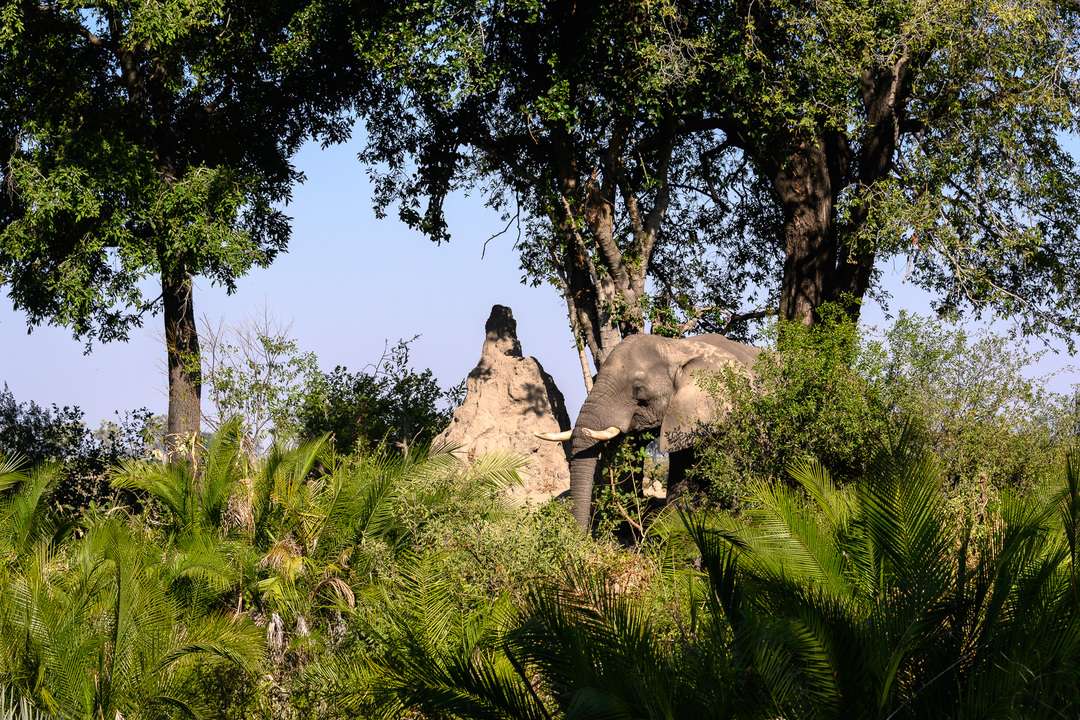
In the Okavango Delta, it is the fungus termites Microtermes michaelseni that create the large, characteristic mounds that you see on your game drive or from the air. Termites are ecosystem engineers that maintain savannah woodland systems like the Okavango Delta. Together with elephant, hippo and fire, termites are vital keystone elements in maintaining the balance of nature. It is believed that termites build the largest non-manmade structures seen in nature!
The Termite Mound
Termite mounds may reach four metres in height above ground – while their “living space” beneath each mound covers approximately 50 square metres! What may appear at first as a huge lump of dirt is in fact a complex architectural masterpiece designed to house termites, and break down the cellulose component of dead wood, fallen trees and herbivore dung produced in the Okavango ecosystem. The mound is made from clay brought from beneath ground level and mixed with termite saliva, resulting in its concrete nature. The fortress-like structure protects the termites from predators like aardwolves and raiding Matabele ants, and creates precise conditions for them to break down cellulose.
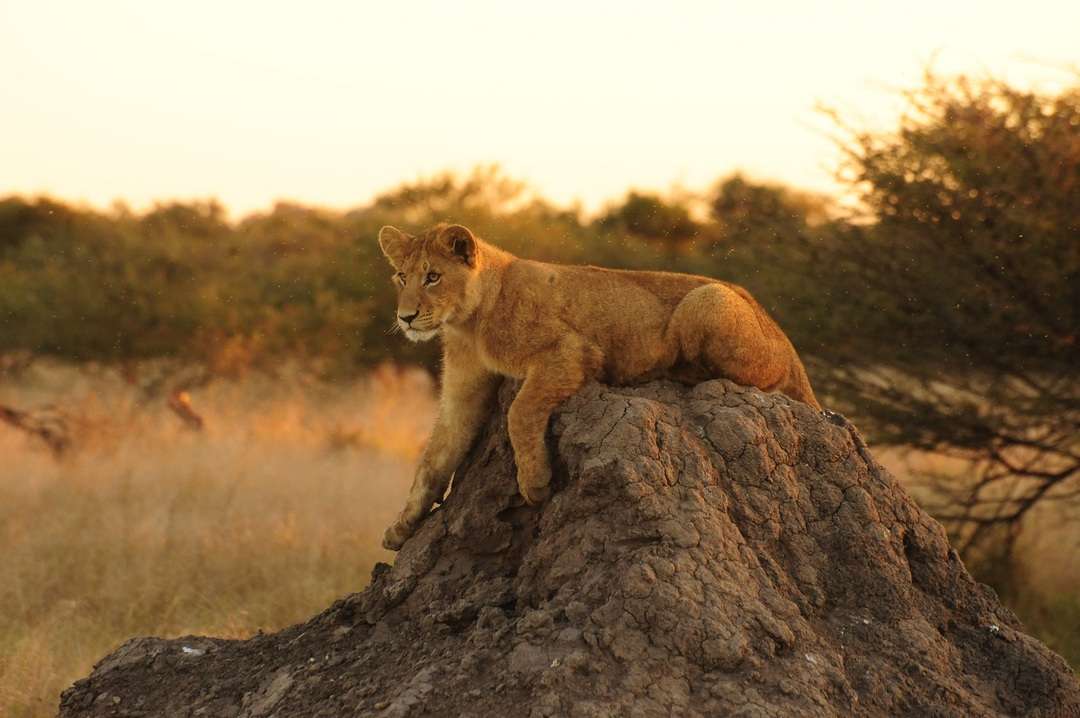
Termitaria – Colony Living
The towers of mud built by termites, known as termitaria (mounds), are often the only points of elevation for kilometres across the Makgadikadi grasslands, and are also responsible for one of the true wonders of nature.
Communicating entirely through pheromones, millions of blind worker termites can raise several tonnes of soil – particle by particle – into an enormous structure over 3 metres high. Below the mound lies the nest, where separate chambers house brood galleries, food stores, fungus combs (where termites cultivate a fungus that can break down plant cellulose) and the queen’s royal cell. The queen produces up to 30 000 eggs a day, which means – since she lives for many years – that the millions of inhabitants of the colony are all brothers and sisters.
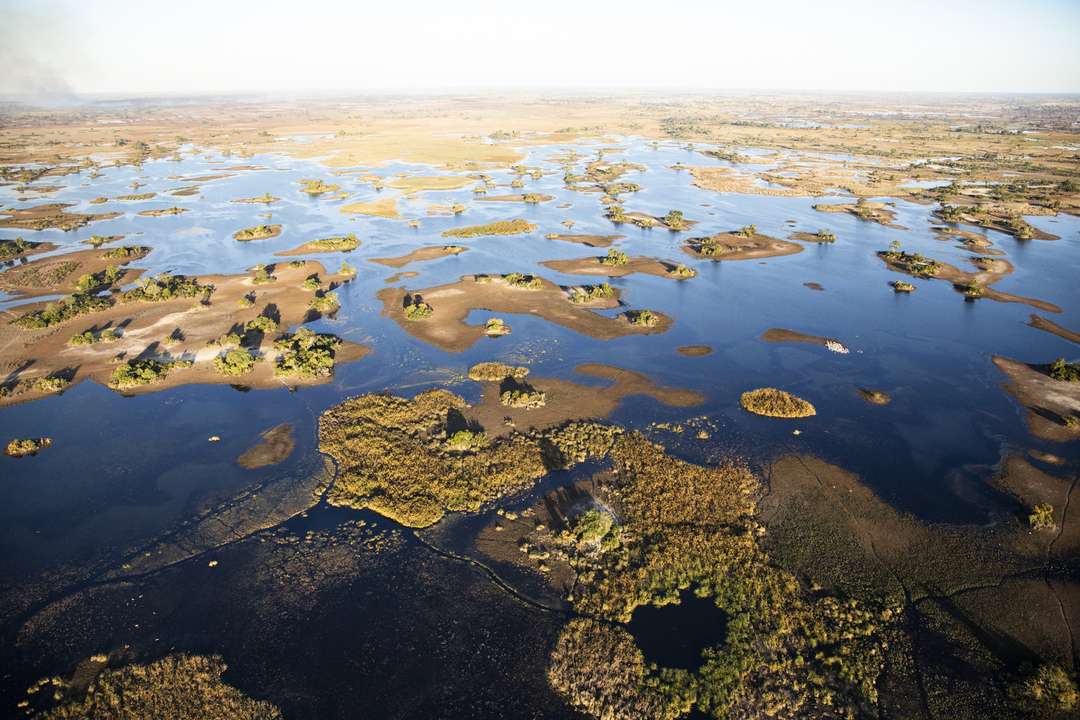
The whole structure is prevented from overheating by a miraculous air conditioning system (studied world-wide, including Harvard researchers investigating how termites can build complex, long-standing, metre-sized structures all over the world). Warm air rises from the nest chambers, up a central chimney, into thin-walled ventilation flues near the surface. In this way, termites maintain the 100% humidity and constant temperature of 29-31 degrees Celsius required for successful production of eggs and young. (These conditions are exploited by other animals, including monitor lizards, who seal their eggs inside the mounds for safe incubation.)
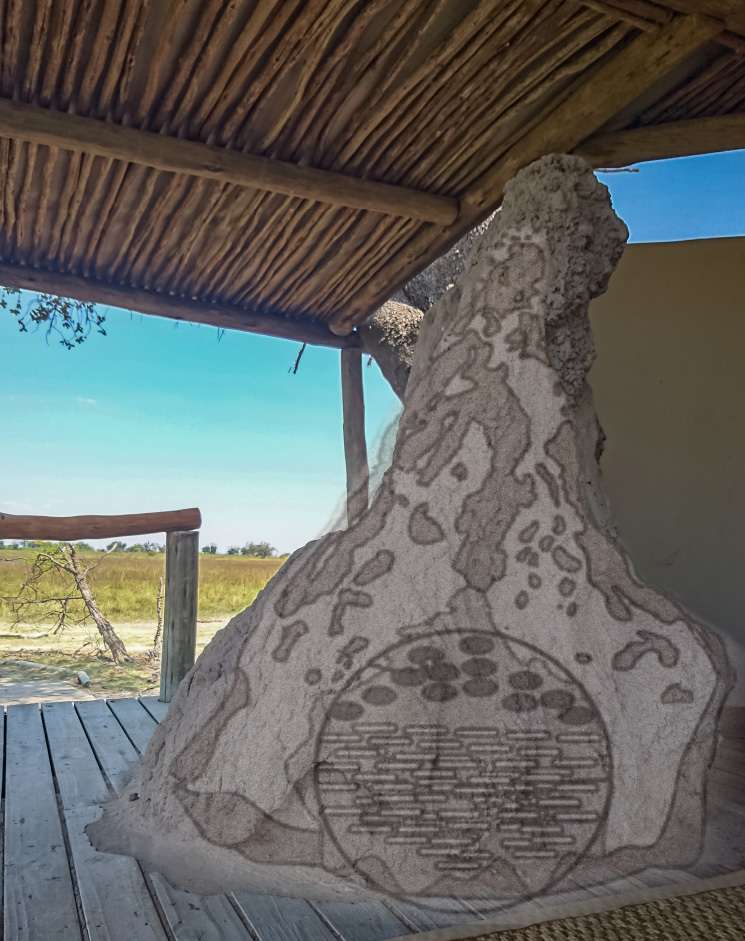
Botswana’s Diamond Wealth Thanks To Termites
The humble termite has been credited with helping discover the world’s richest diamond mine, Jwaneng, in Botswana. In the dry Kalahari soil, termites will burrow as deep as 70 m below ground in search of moisture. At Jwaneng, their activity brought indicators of mineral wealth to the surface, and the subsequent discovery of these led to the opening of the world’s richest diamond mine. This catapulted Botswana from being one of Africa’s poorest nations to one of its richest.
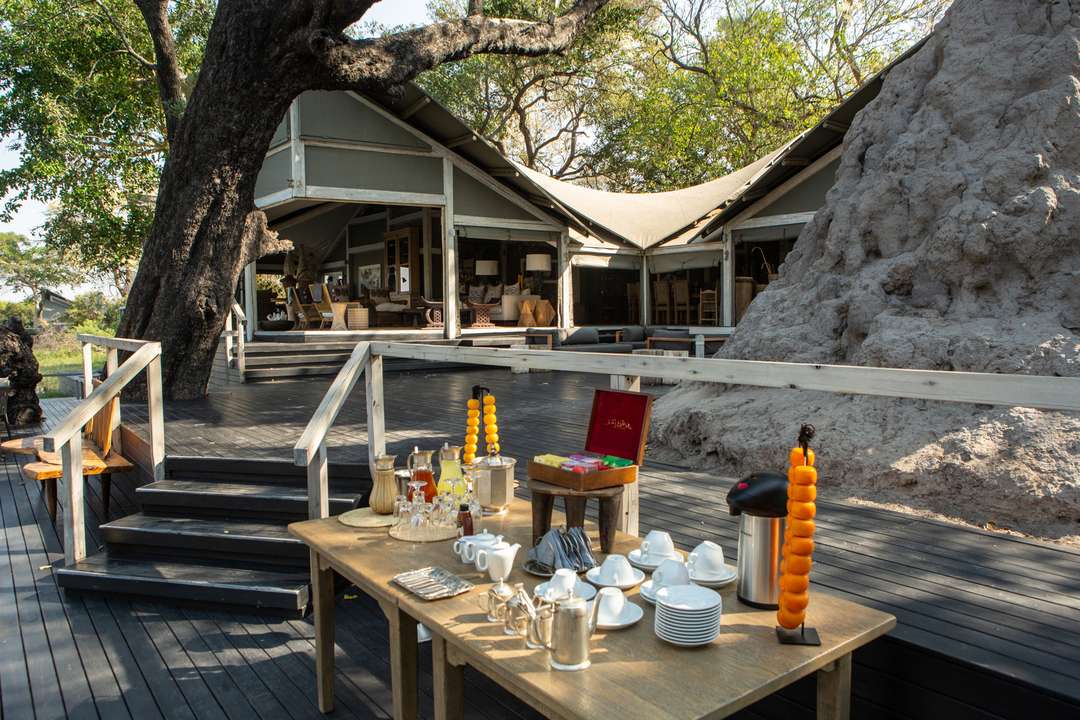
Flying Termites Also Known As Flying Ants
After the rains, when conditions are right, the queen produces a reproductive caste of winged males and females – known as imagoes – which leave the colonies in huge swarms to mate, disperse and establish new nests. Mass termite “emergences” are one of the bonanzas of the bush, offering a seasonal feast for everything from frogs and spiders to kits, falcons and tawny eagles.


Let’s plan your next journey
Ready?
When we say we’re there every step of the way, we mean it, literally. From planning the perfect circuit, to private inter-camp transfers on Wilderness Air, and easing you through Customs. We’re with you on the ground, at your side, 24-7, from start to finish. Ready to take the road less travelled? Contact our Travel Designers to plan an unforgettable journey.